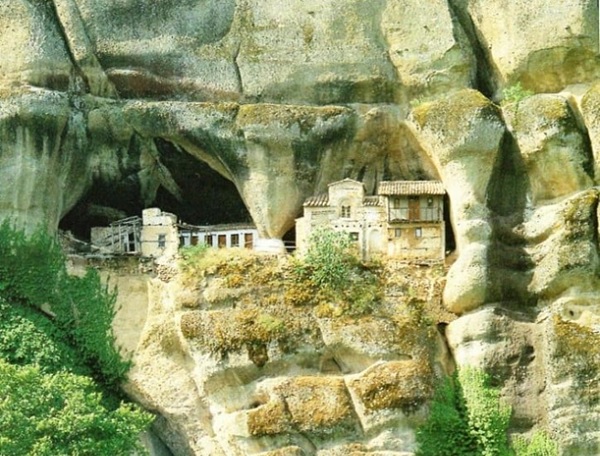The feast of the Reception and our spiritual challenges
1 February 2023At the feast of the Reception of our Lord, the Church urges and encourages us to meet the spiritual challenges we face on a daily basis as part of our anxiety over the cares of life.
The entry of Christ, as a baby, into the Temple of Solomon, forty days after the Nativity, reveals that the ‘child’ is the salvation and light of all nations, according to the prophetic saying of Prophet Symeon and the forecasts of Anna the prophetess. The Epistle reading, from Hebrews, reminds us that he who is entering the temple on this day is the Great High Priest who is offered on the cross and who destroys the power of sin and death through his glorious resurrection. This reminder is our guide on our path to the life in Christ which will allow us to enter the heavenly altar and into communion with our Triune God. Now what does this mean?

Every day of our life, through what we think, say and do, we have the opportunity to unite more closely with Christ himself, as the Great High Priest who passed into the Holy of Holies in Jerusalem Above. This union must be complete, without any kind of reservation, the only drawbacks which prevent the restitution and amendment of our soul being our sins and passions, impulses, inner thoughts and reflections, which we obstinately cling to, though they’re like thorns. We should leave behind whatever can’t be blessed for our salvation, whatever can’t be united with the Savior in holiness. In other words, we have to leave behind our former self, our sins.
Surely we’ve all accepted who we are. Or rather we hide behind lies, either our own or those of other people, as regards who we are. It’s very easy to define ourselves by our disordered desires, by the sins into which we fall again and again, or by secular categories which have much more to do with worldly pleasures and enjoyments. It’s so tempting to believe that whatever garners the praise of others, whatever serves our egotism or doesn’t provoke a deep spiritual awakening must, in some way, be the right thing.
The prophet Symeon was an elderly and righteous man to whom the Holy Spirit revealed that he wouldn’t die until he’d seen the Messiah. Clearly, it was no accident that he’d acquired the spiritual strength for this to happen; rather it was through a long life of faith and loyalty. The same is true of the elderly prophetess Anna, a widow about eighty years old, who never left the temple, fasting and praying by day and night. Those who brought the young Savior into the temple, those who recognized him, and all the by-standers, were of different tribes, ages and provenance, which demonstrates that it isn’t the external conditions of our life that define where and how we stand before Christ. The critical and apposite point is that we can all enter the heavenly Temple through the Great High Priest. This struggle never ends, as can be seen from our Lady’s flight into Egypt with the divine infant, a journey which brought new challenges and demands, in a hostile place. Of course, the specifics of our challenges are different from those of our Lady, but we must utilize them in the same way. In other words, we must embrace them as opportunities to offer even the weakest and most painful aspects of our life to Christ so that he can heal and transform them. This doesn’t imply that all our problems will disappear, but that we can use them as opportunities to approach more closely to the heavenly Temple, through the Great High Priest.






